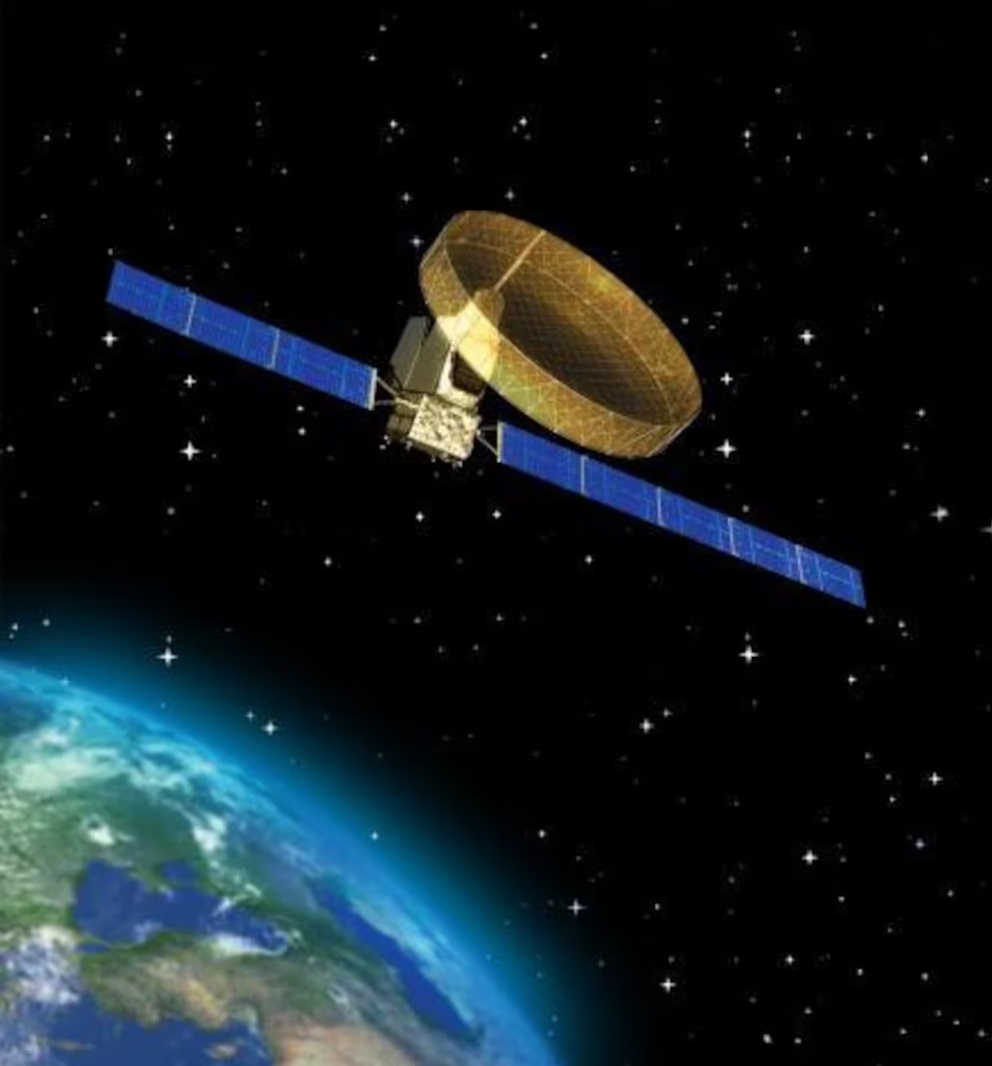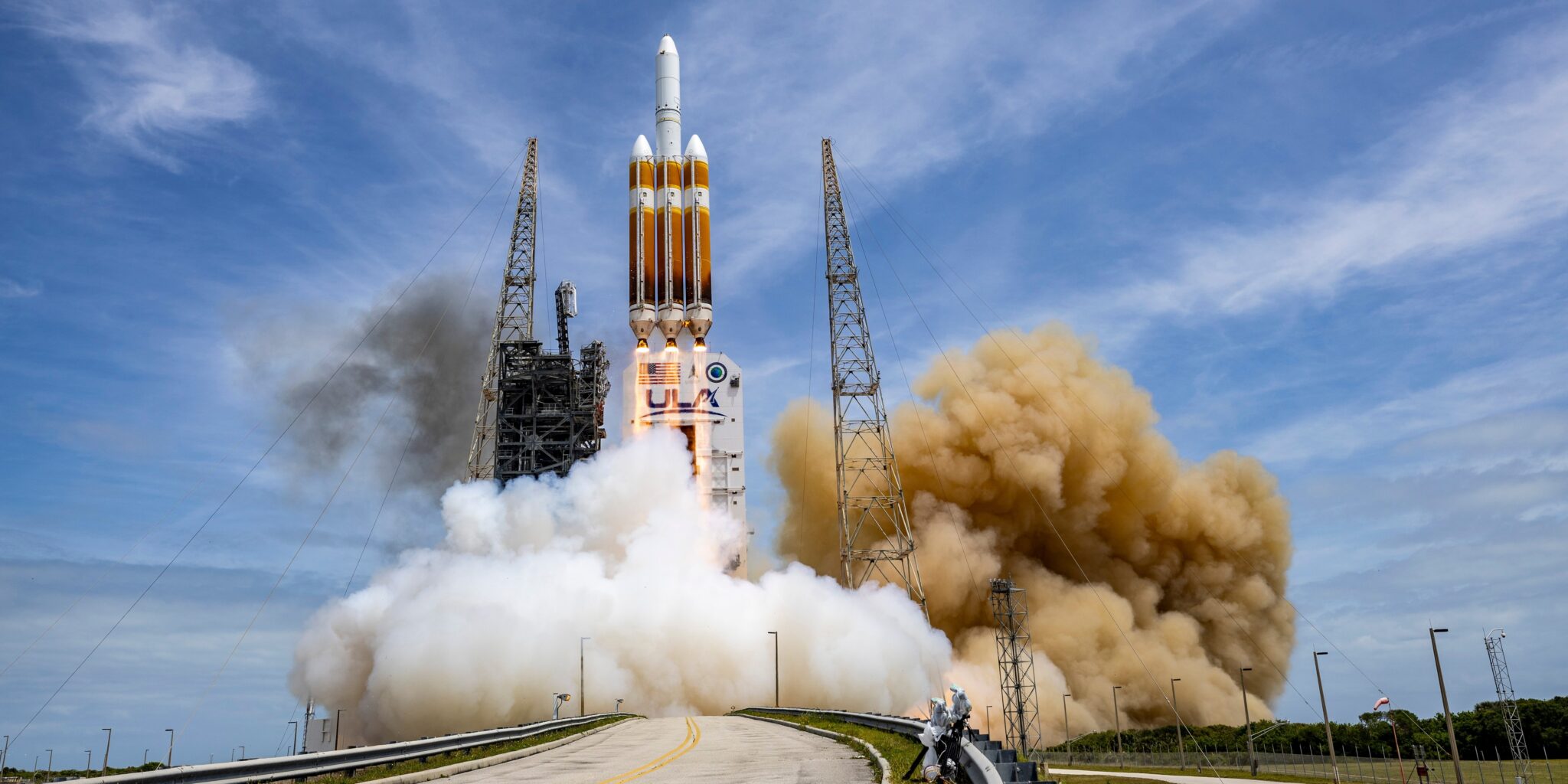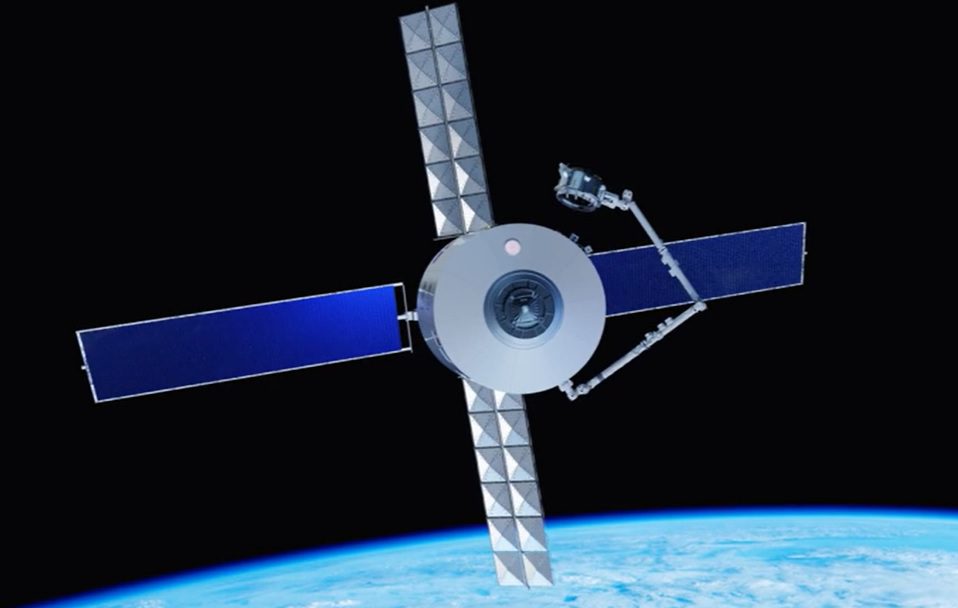As Hyperbola reported back in July the UK’s space agency will not get any more money than the existing British National Space Centre (BNSC) manages already – the BNSC being the intra-government department partnership that today oversees civil space spending – and that is on the order of £200 million to £250 million ($406 million) a year: go here for a discussion about UK space spending data
That is official and from the very mouth of the UK minister of state for science and innovation (and space) Lord Paul Drayson of Kensington (You can follow Drayson’s tweets here) speaking at the 5th Appleton space conference on 10 December
Hyperbola spoke to Drayson as far back as February of this year about the prospects for an agency and he has since told this blog about his support for re-usable launch vehicles. This blog pondered the agency subject back in July when there was a flurry of speculation and the situation has not fundamentally changed, an agency with no more money than BNSC can not lead to a new agenda of ambition for Britain in space
You can forget human spaceflight initiatives or a re-engagement with launchers or even greater investment in robotic programmes, none of it is about to happen any time soon. After endless reviews for the last few years and statements about having an astronaut it all basically amounts to a lot of a goodwill but very little on the resource side where it counts
The BBC’s Jon Amos rightly identifies a potential squeeze on existing work as one outcome in his article. While this is denied as a problem it can’t be ignored that if there is no more money and Drayson is talking about activities that are not the traditional space science focus then who gets what?And who gets what is bound to be a gargantuan struggle when the taskforce (oh yes there is a taskforce) starts its work examining what this space agency means
Yes, means, because the BNSC UK space board-led taskforce will have to contribute to a decision, no doubt ministerial, about what the final “agency” structure is and what happens with the money
Drayson emphasised the fact that the agency was an executive body, which in UK bureaucratic speak means it can make decisions and has its own budget. But what decisjons and what budget?
To date BNSC has been given, sort of, by its partners money to manage that is being spent with the European Space Agency and nationally for specific programmes. Drayson told this blogger that the bureaucratic advance made in getting agreement for an agency is that the BNSC’s partners have agreed to give that percentage of their budgets previously earmarked for space permanently to the new agency
But might that not just mean that those departments are locking themselves and the agency into certain endeavours with ESA that wil be hard to change? And what happens when those progammes come to an end?
So what is the timetable for this agency to be set up? Hyperbola hears next year or even the year after. There is a UK general election coming soon, it could be as early as April and the opinion polls are not favourable. Sorry Lord Drayson but the odds are against it that you will be in your current job the day after the election
The UKpollingreport.com webpage showing voting intentions has the Conservative party’s lead narrowing but the assumption is that they will win – and the space agency announcement probably has to be seen in that light. It gives the governing Labour party a reason to say they have a fresh vision for Britain’s future
You can go here to read space minister’s bio and speeches but the agency speech is not there yet








